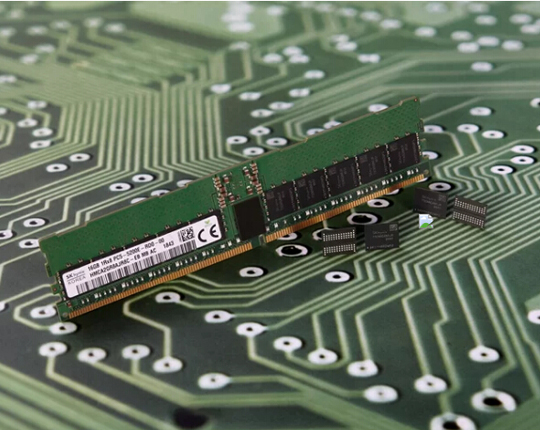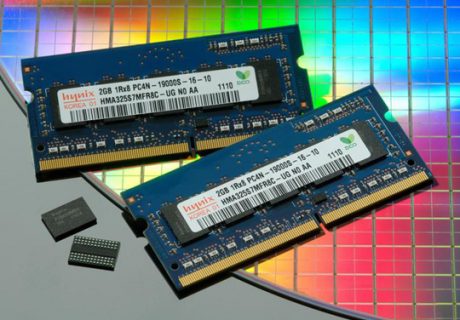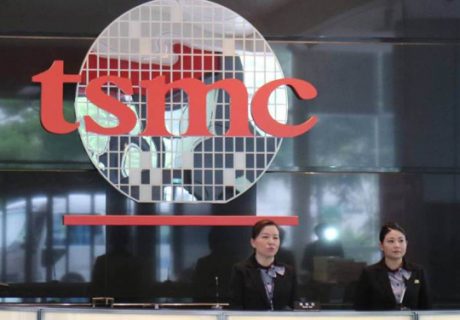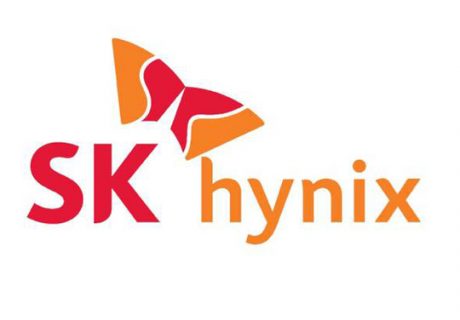SK Hynix’s first DDR5 chip has a capacity of 16 Gbits (or 2 GB) and uses the same 1Ynm process technology that was used for the 1Ynm 8Gb DDR4 DRAM the company recently developed.
SK Hynix said that it has successfully lowered the operating voltage from 1.2V to 1.1V, which, combined with the new process, led to a reduction in power consumption of 30 percent compared to the company’s previous DDR4 chips.
The new offering supports a data transfer rate of 5,200 Mbps, which is 60 percent faster than the 3,200 Mbps data transfer rate we saw in the previous generation. That means the chips can process 41.6 GB of data per second.
The overall performance of DDRS is much higher than that of the previous generation. In DDRS, the operating voltage is reduced to 1.1V, which reduces power consumption by 30% compared with the previous generation. The data transfer speed has also increased by 1.6 times, from 3200Mbps in the previous generation to 5200Mbps. For practical examples, DDRS can process 11 3.7GB full HD movies in just 1 second, which is equivalent to 41.6GB of data.
With most DRAM developers promising shipping products by 2020. However, even if we see some DDR5 chips in 2019, they likely won’t be mass-produced at least until 2020 when mobile and desktop CPUs will also start supporting DDR5.
Industry insiders predict that DDRS demand will start to break out in 2020. In 2021, the market share will expand to 25% of the total DRAM market. It is expected to continue to expand to 44% in 2022.



















